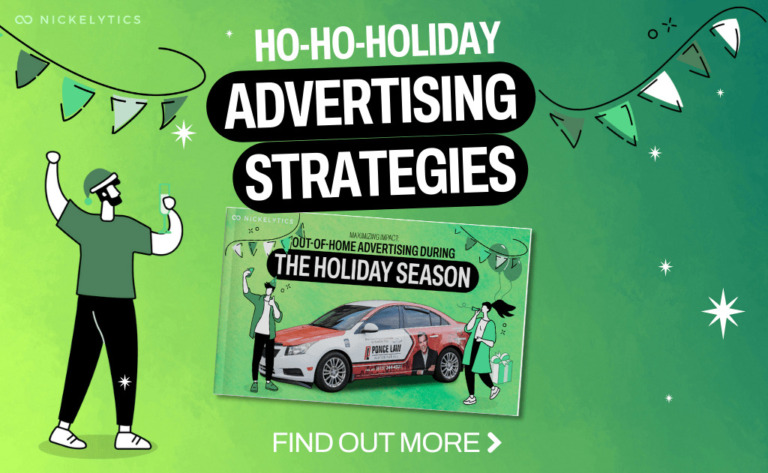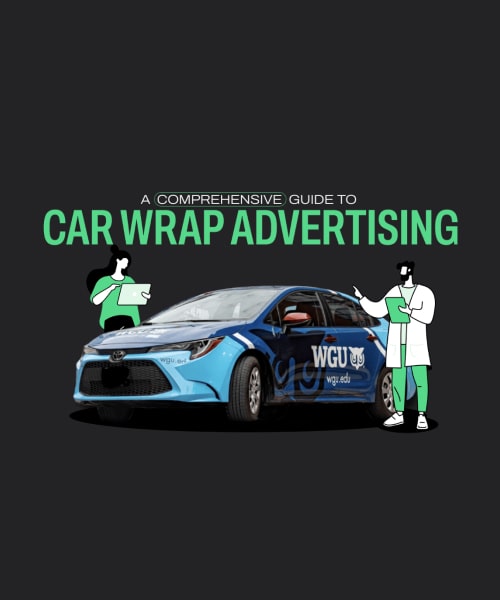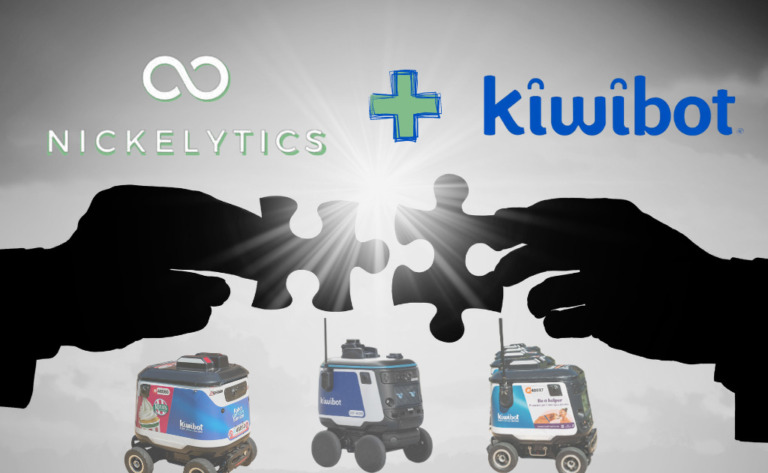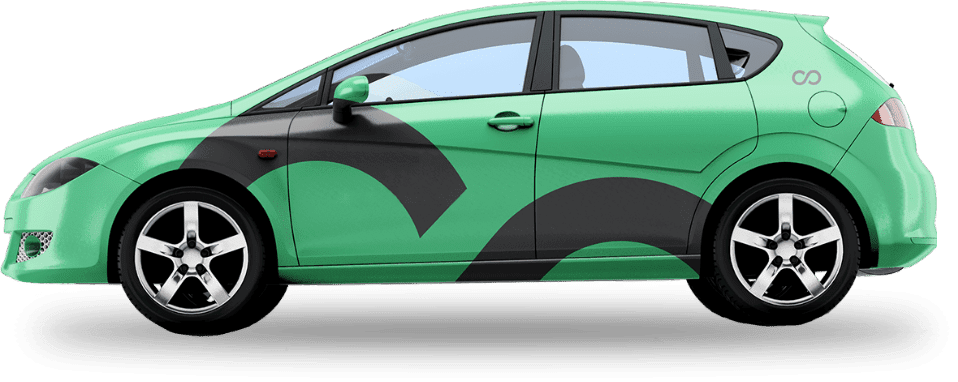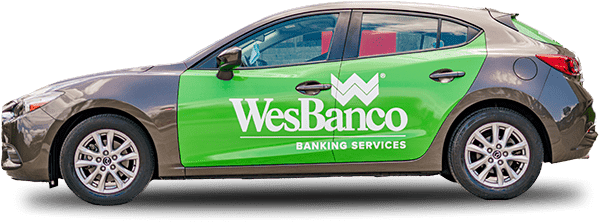Contextual advertising is a marketing strategy that helps brands and businesses deliver ads to users based on the content they view on a website or platform. According to research, people interact more when exposed to contextually relevant content.
Digital Out-of-Home (DOOH) advertising has a huge impact on context. Studies show that it (DOOH) has revolutionized how brands reach their target audience, offering a new level of engagement and impact.
Contextual advertising in DOOH takes this to the next level by showing digital ads to users based on their current location, the time of day, and the situation in which they are watching content on digital displays in public places.
This guide will cover everything from the basics of how contextual advertising in DOOH works to the most effective methods for targeting, tracking, and optimization.
Through a mix of practical advice, case studies, and expert insights, you will understand what it takes to create and run successful contextual advertising campaigns.
Understanding Contextual Advertising in DOOH
Contextual advertising in DOOH uses data and insights to help target ads. Advertisers use location-based data to target ads at people who are in specific areas, such as a shopping mall or near a competitor’s store. They also use time-based data to target ads during particular times of the day, such as during the morning commute or evening.
To deliver these ads, digital displays are strategically placed in public spaces where people are likely to see them. The screens are connected to the internet, so they can get ads and show them immediately. This lets advertisers reach specific groups of people with relevant ads. This can increase engagement and conversion.
According to a study, contextually relevant ads generated 43% more neural activation. Contextual advertisements were recalled substantially better than other sorts of advertisements.
Building a successful contextual advertising campaign
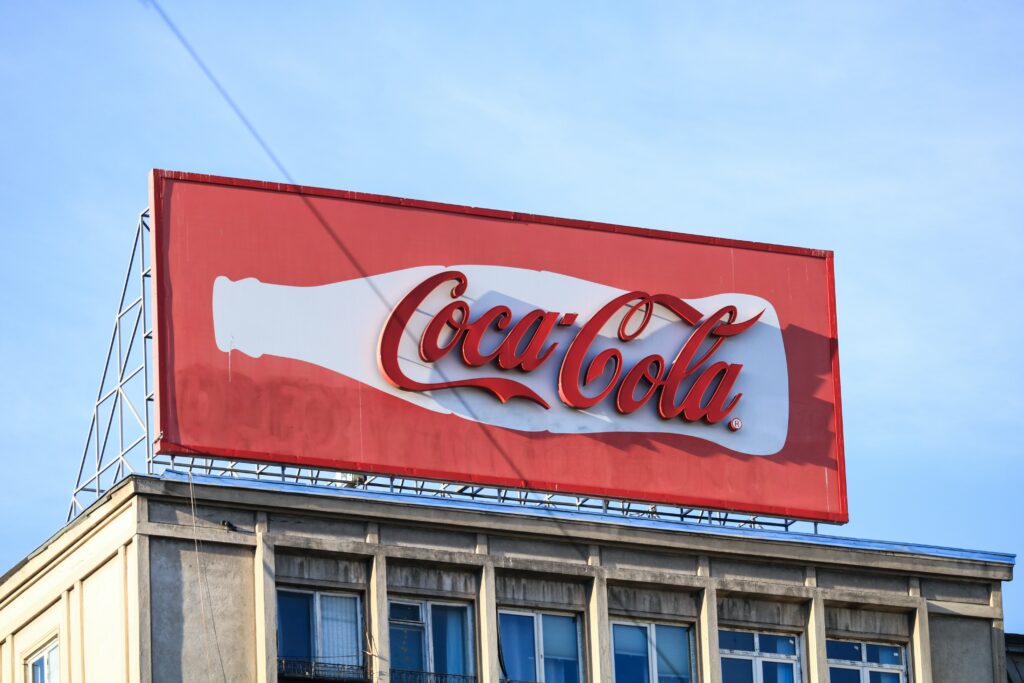
To be successful with contextual advertising in DOOH, you need to know your target audience, come up with interesting ad copy, and choose the right ad format and placement. It’s also important to test, track, and tweak your campaigns often to make sure you’re meeting your goals and getting the most out of your money.
In addition to location and time-based data, contextual advertising in DOOH also leverages machine learning algorithms and predictive analytics to optimize ad targeting.
These algorithms consider factors such as the context in which people are viewing the ads and their behavior patterns. This provides advertisers with even greater precision in their targeting efforts.
With the high-precision targeting feature of contextual advertising, marketers can reinforce brand recognition and customer engagement through a personalized approach. Including brand reinforcements, the section below highlights the benefits of contextual ad campaigns.
Benefits of Contextual Advertising in DOOH Ads Campaigns
For a brand, contextual advertising offers enormous benefits. Some of these are highlighted below.
Reinforcing brand recognition
Contextual advertising helps build and strengthen brand recognition by showing ads that are consistent, relevant, and targeted. This makes it more likely for people to remember your brand and interact with it in the future.
Brands can use the “targeted broadcast” feature of digital outdoor advertising to reach groups of people rather than individuals. This feature allows advertisers to use the dynamic capacity of an advertising medium to change copies in real time. Reports show that 77% of customers are interested in watching ads relevant to their current location.
Improves personalization and experience
Personalized approach to contextual advertising means delivering advertisements to a specific target audience based on their interests, behaviors, and demographic information.
One way to use a personalized approach in OOH advertising is through digital billboards that can dynamically change the content of an ad based on real-time data.
For example, the ad content could change based on the time of day, weather conditions, or location. This allows the ad to be more relevant to the target audience at that moment and increases engagement.
Personalized OOH advertising can also be done with augmented reality (AR) and other interactive technologies. AR allows audiences to interact with ads, providing a more contextual and memorable experience.
Creating better consumer engagement
With contextual advertising, OOH ads can be tailored to specific events or occasions. Holidays, festivals, and local events are good examples.
Delivering relevant messaging based on the context, the ad can be more engaging to the target audience. People are more likely to engage with costume ads just before the Halloween holidays.
Also, OOH advertising can utilize the location of the target audience to deliver relevant ads. A consumer loitering around a coffee shop will likely engage with ads from coffee brands.
All these are contextual by nature. And highly relevant. These contextual ads establish a connection between the brand and the target audience. And studies have shown that consumers are more likely to engage with brands that they feel a connection with.
Key attributes of contextual advertisement
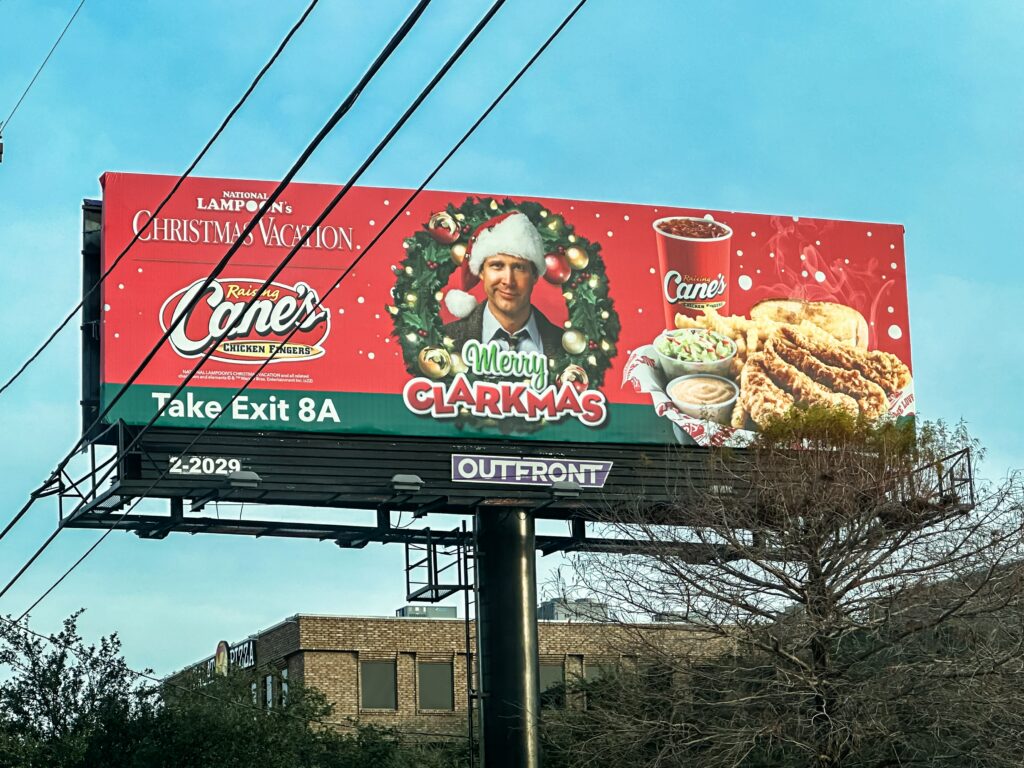
To increase the success of contextual advertising campaigns, marketers must ensure their campaigns have the following attributes.
Relevance:
The content of contextual ads must be relevant to the target audience, their current location, and their interests. Without the relevance factor, an ad campaign may not be considered contextual. An example is Emily Crisp’s campaign during the lockdown.
Personalization:
Even though it’s near impossible for OOH ads to address target audiences on an individual level, contextual ad campaigns should speak directly to the most prominent personas in a given location at a given time. With good market research and data analysis, marketers can make this happen. GMC’s personalized interactive content poses a good example.
Timeliness:
Contextual advertising should be timely and focused on current trends and environmental conditions. An ad from an umbrella brand on a rainy day or ads about property insurance right after Hurricane Katrina are good examples of timely contextual advertising campaigns.
Engagement:
Contextual advertising should aim to engage the target audience and create memorable experiences. The use of interactive technologies, such as augmented reality (AR), can help deliver relevant and personalized content to target audiences. An example is Skoda’s Covid-safe touchless interactivity.
Big data:
The role of big data in outdoor advertising plays out well in contextual advertising campaigns. By collecting real-time location data, online interactions, and more, brands can deliver ads that fit perfectly into a given context.
Measurement and optimization:
What can’t be measured is almost a waste of time and resources. Successful contextual ad campaigns incorporate ways to measure the performance of the campaign. Marketers can do this by tracking metrics like website hits from that specific location, QR scans, etc.
Conclusion
Context is powerful. Consumers will recall your brand more when there is something to connect it with. It could be a trend, weather condition, or even an event. Of course, sun tanning lotions are barely talked about in the winter.
Marketers can create an optimal personal experience for consumers, consolidate brand image, and boost engagement by creating outdoor ad campaigns that are contextual. And every successful contextual ad has interesting attributes that make it easy to deliver, measure, and optimize.
With Nickelytics, you can deliver high-impact contextual ads delivered to your consumers via several mediums including mobile vehicles, autonomous robots, and billboards. Interestingly, you can track and optimize all your campaigns on the go with our mobile apps. Cool stuff!
Contact us today to get started.
